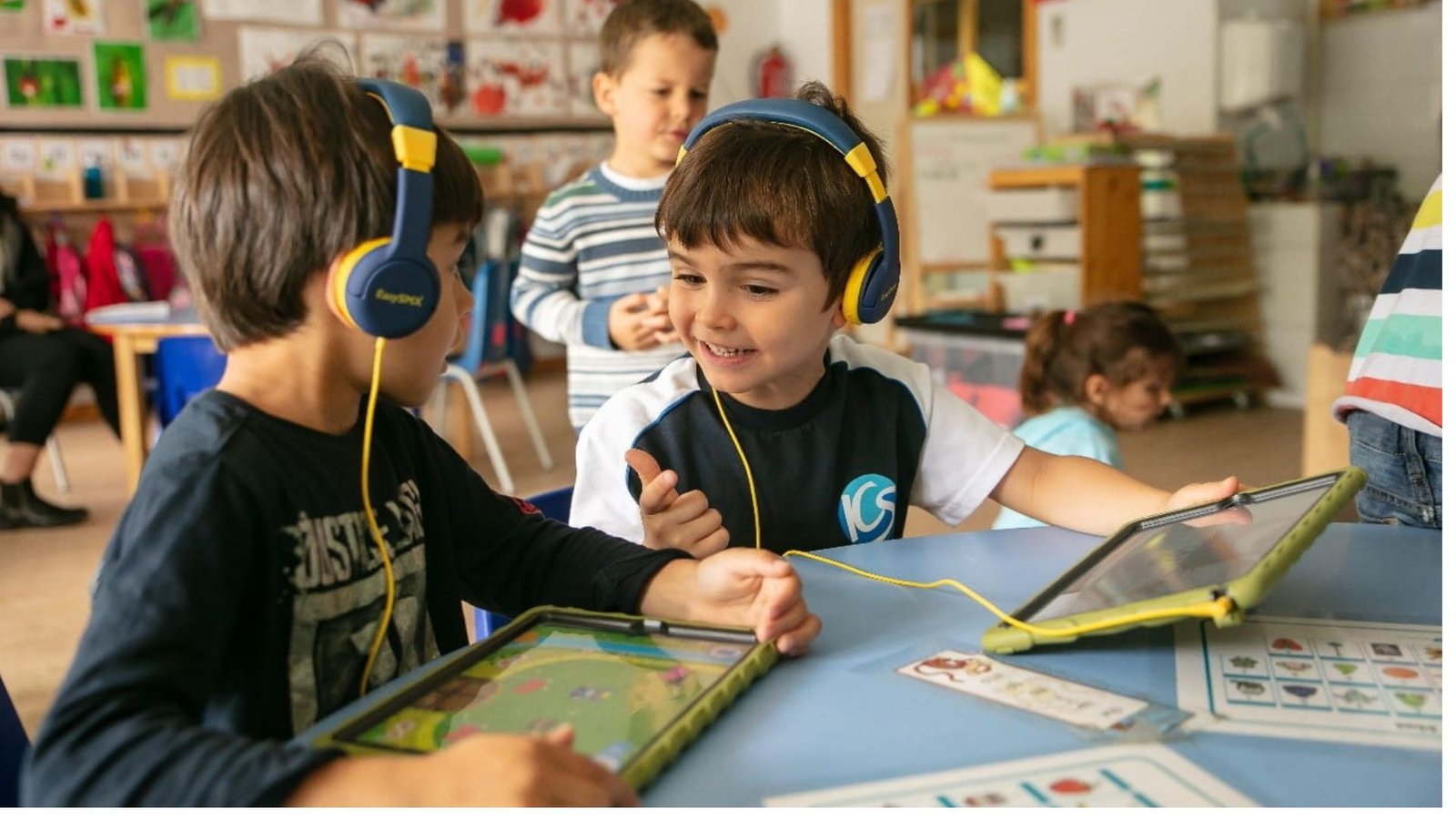Bilingual education in preschool provides young learners with the opportunity to acquire proficiency in two languages, a skill that can have a lasting impact on their cognitive, social, and emotional development. In today’s increasingly globalized world, learning more than one language early in life can open doors to new opportunities. Preschool years are a critical time for brain development, making it the ideal stage to introduce children to a second language. Here’s a deeper look into the numerous benefits of bilingual education in preschool.

Cognitive Benefits
One of the most significant advantages of bilingual education in preschool is the enhancement of cognitive abilities. Research shows that children who learn two languages tend to develop better problem-solving skills, improved memory, and a heightened ability to multitask. Learning multiple languages stimulates the brain, strengthening cognitive functions that are vital for future academic success.
Bilingual children also show greater flexibility in thinking. They tend to be better at switching between tasks or ideas and can focus on more than one aspect of a problem at a time. This type of mental flexibility enhances their ability to adapt to new situations, a skill that will benefit them throughout their lives.
Improved Language Skills
Though it may seem counterintuitive, bilingual education helps children become more proficient in both languages. Preschoolers are at a stage where their brains are particularly receptive to language acquisition. When they are exposed to two languages, they learn how to differentiate between the structures and sounds of each language, making them more adept at understanding and using both.
Studies have also shown that bilingual children often have a stronger grasp of their first language as well. They are more likely to develop a larger vocabulary, better pronunciation, and a deeper understanding of grammar. This foundation in language can serve as an advantage when they encounter more complex language concepts later on in their academic journey.
Enhanced Communication Skills
Being bilingual enables children to communicate with a wider range of people. In a multicultural society, this can be a huge advantage. Preschoolers who are bilingual can engage with peers, family members, and teachers who speak different languages, helping them build social connections and navigate diverse environments. This early exposure to various cultures fosters empathy, respect, and open-mindedness, as children grow up with an understanding of different linguistic and cultural backgrounds.
Additionally, bilingual children often develop superior communication skills. They learn to be more adaptable in their conversations, switching between languages and adjusting their tone, style, and vocabulary depending on their audience. This adaptability is a valuable skill in both social and professional settings later in life.
Academic Advantages
Bilingual education provides academic benefits beyond language learning. Children who are bilingual tend to perform better on standardized tests, particularly in reading, writing, and mathematics. The cognitive benefits of bilingualism, such as improved memory, problem-solving skills, and multitasking abilities, translate into stronger academic performance.
In preschool, children are laying the groundwork for future learning, and bilingual education helps them develop a strong academic foundation. Moreover, research has suggested that bilingual children may excel in areas such as creativity and critical thinking, which are valuable traits for academic success.
Conclusion
Bilingual education in preschool offers a multitude of benefits that extend beyond just learning another language. From cognitive and academic advantages to emotional and social development, the skills gained from learning two languages provide a strong foundation for future success. As preschoolers develop their language abilities, they also grow in confidence, creativity, and cultural awareness. By investing in bilingual education at an early age, parents and educators are setting children up for a lifetime of learning, growth, and opportunity.










